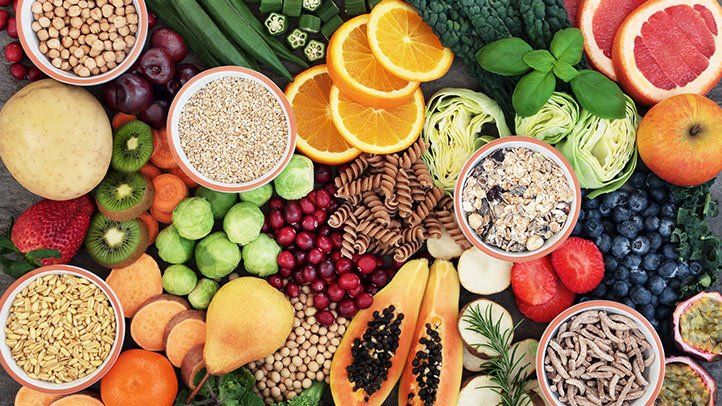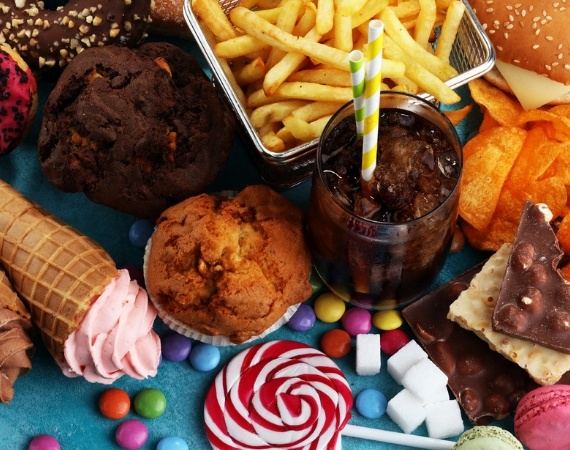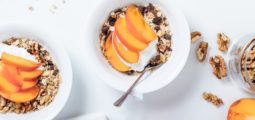In last Sunday’s post, I shared the function of carbohydrates and my thoughts on “Carbohydrate shaming.” Hopefully you learned that while you are welcome to follow the no-carb, low-carb diet as long as you are including high quality protein and healthy fats in your diet, my personal advice is to focus on a well-balanced complete diet vs an elimination style diet.
Today, lets take some time to learn about the different types of carbohydrates.
Carbohydrates (carbs) are a macronutrient naturally found in food. They come in three types: sugar, starch, and fiber.
The Samaritan – The Good Carbohydrate: Complex Carbs
Good for WEIGHT LOSS.
Complex carbs include some forms of starch and fiber. These have long chains of simple carbs that provide energy for a longer time period as they are broken down very gradually into the blood stream, thus keeping you fuller longer.
Thus, Complex carbs can:
- keep you full
- help you control your weight
- help reduce your risk of diseases, such as diabetes
Examples of complex carbs
- Whole wheat breads, pastas and flour
- Brown and wild rice
- Barley
- Quinoa
- Potatoes
- Legumes
- Amaranth
Here is my delicious, super easy, quinoa recipe that can be served as breakfast or lunch…
The Enemy – The Bad Carbohydrate : Simple Carbs
Simple carbs are both sugars and some forms of starch, such as white rice. Simple carbs are broken into glucose instantaneously. But glucose can’t be used as fuel until it enters your cells. Insulin, a hormone produced by your pancreas, unlocks cells so that glucose can enter them. Without insulin, glucose keeps floating around in your bloodstream with nowhere to go, becoming increasingly more concentrated over time.When glucose builds up in your bloodstream, your blood glucose (blood sugar) levels rise. Long term, this causes damage to organs, nerves, and blood vessels.
For people without diabetes, their blood sugar returns to near normal range about 1-2 hours after eating as a result of the effects of insulin.
In order to not have the surge of blood sugar and insulin in your body, it is important to keep the simple carbs minimal in your daily diet.
Natural simple carbs coming from fruit, dairy can be at most 10 percent of your daily calories.
Examples of simple carbs
- Candy
- Regular (non-diet) carbonated beverages, such as soda
- Syrups
- Pastries and desserts
- Sweetened beverages, such as lemonade or iced tea
- Energy drinks
- Ice cream
- Table sugar
- Added sugar
Simple carbs also have a high likelihood to convert to fat.
Per healthline, there are many good carbs to choose from. Here is a short list of good sources of carbohydrates and the amount of carbs in a serving:
Carbs are an essential part of a healthy diet.
Eat your Carbs, the good ones!








